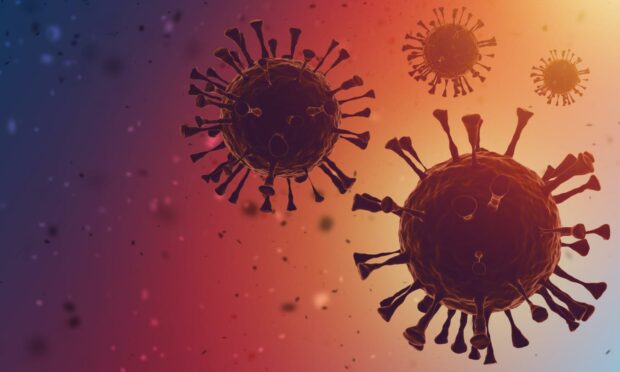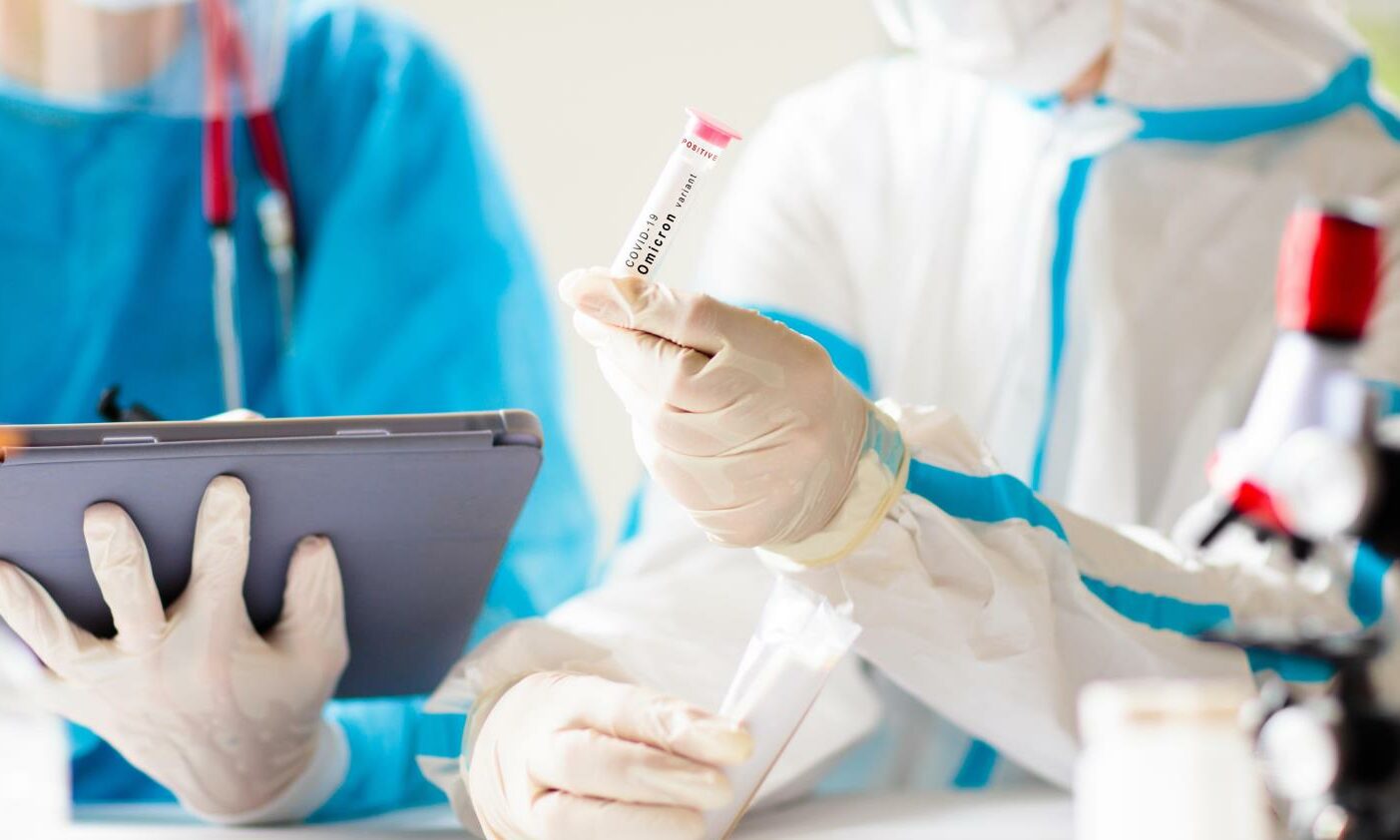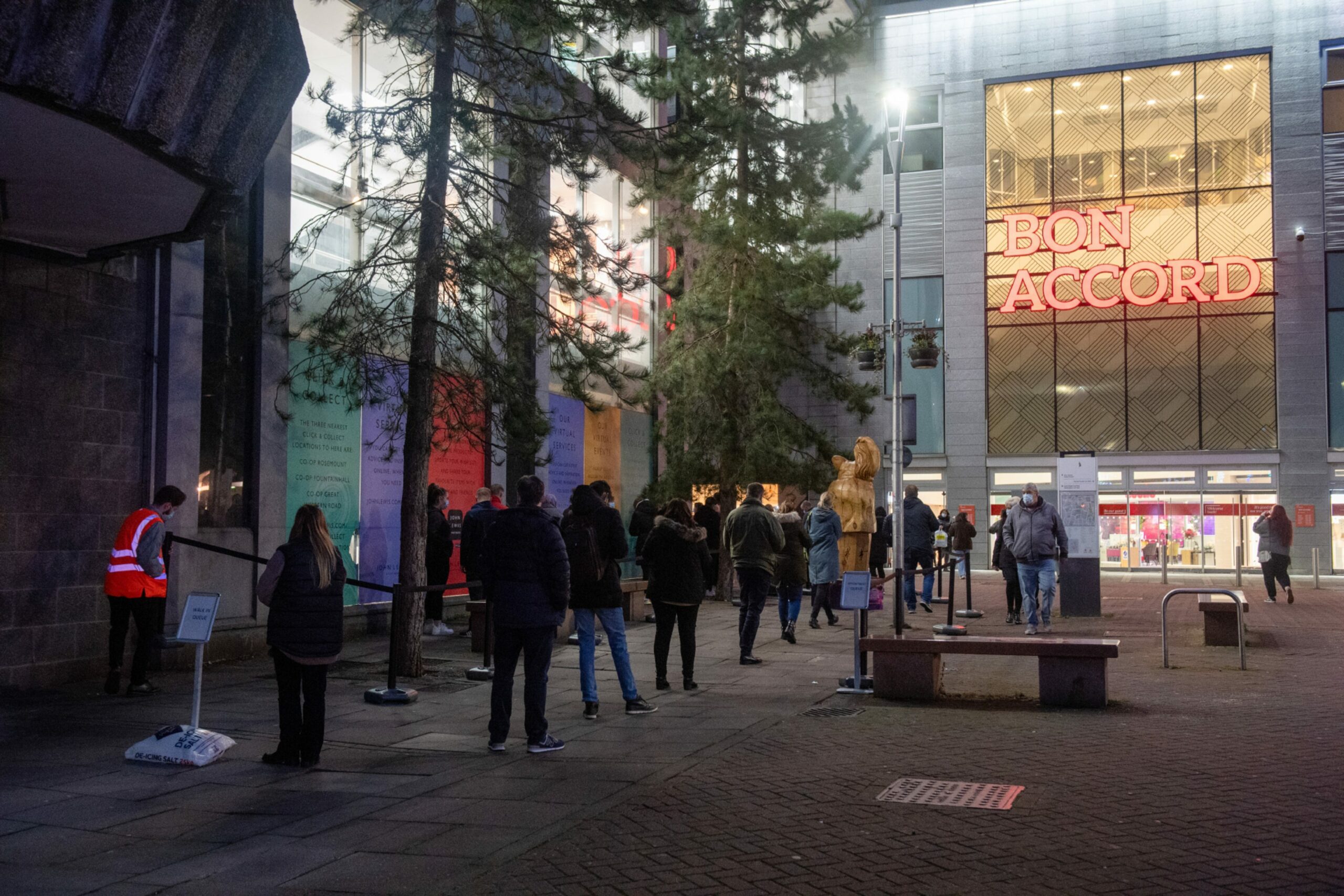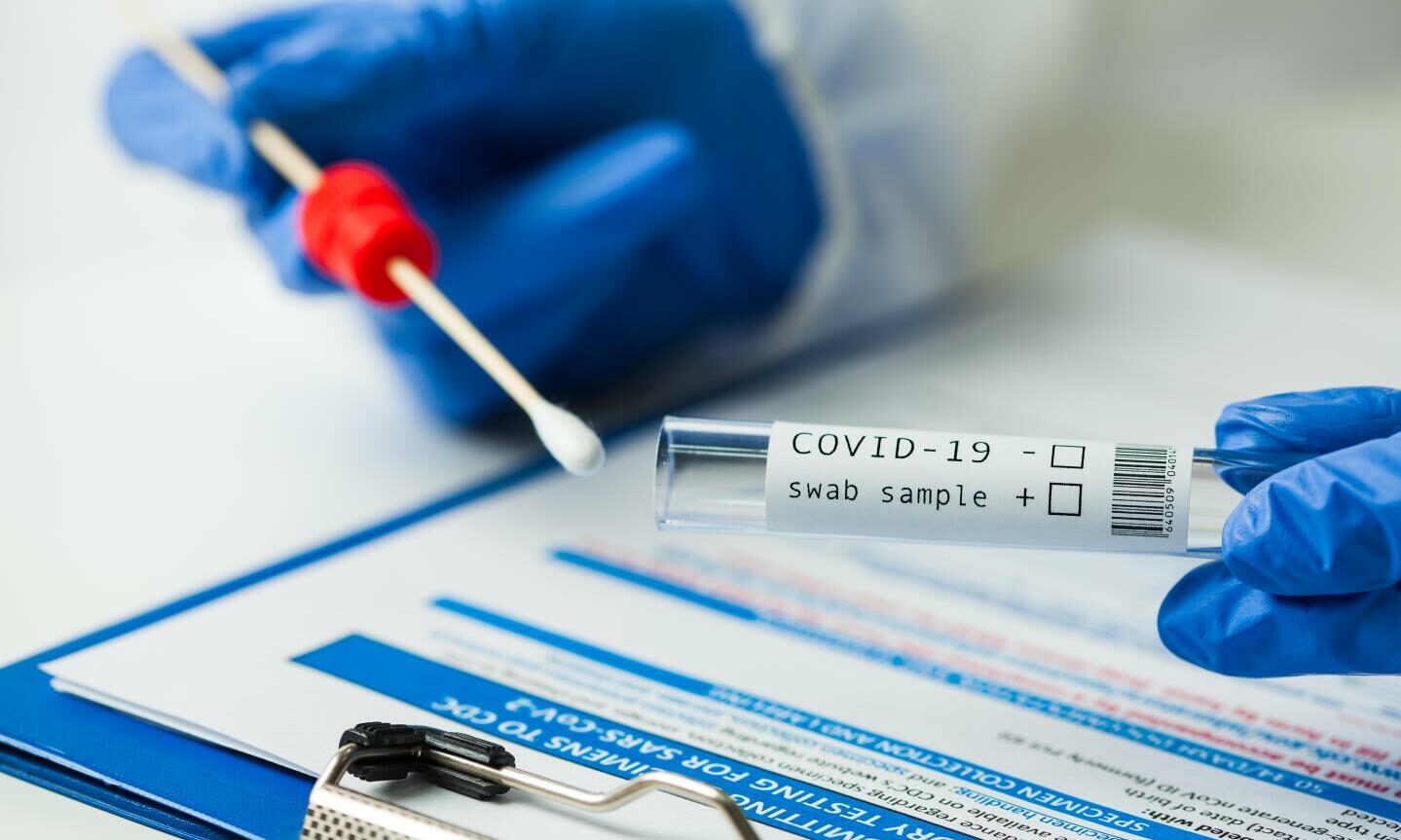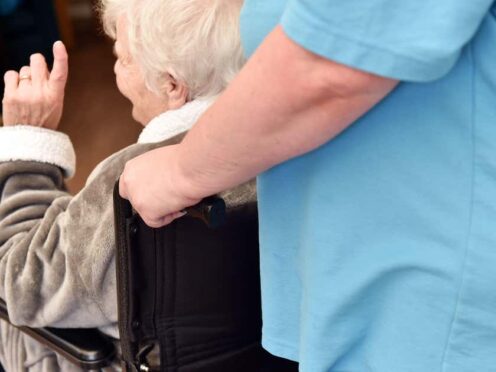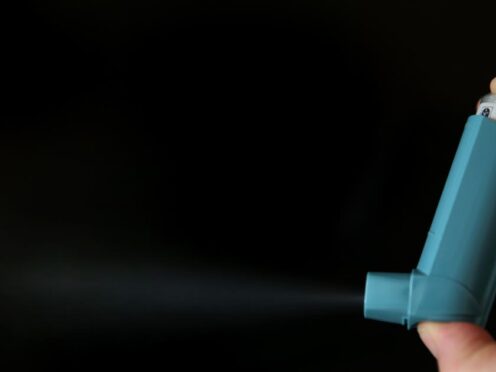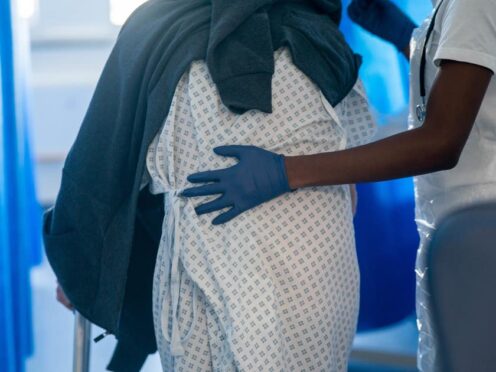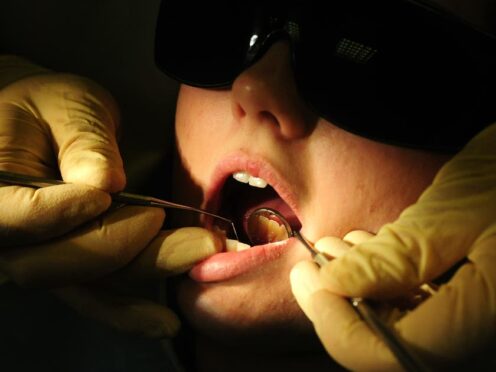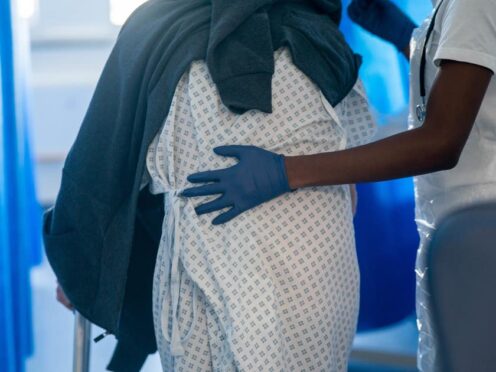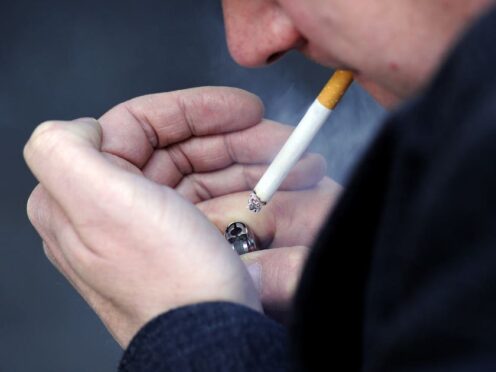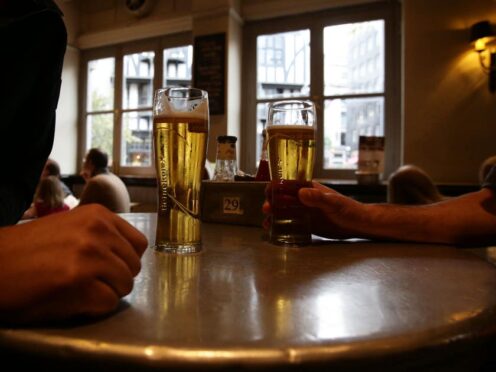The rapidly-spreading Omicron variant of Covid-19 has become the dominant strain in Scotland within days. What do we know about it so far?
We take a look at some of the most frequently-asked questions about the new mutation of the coronavirus.
The key milestones so far:
- The mutation, B.1.1.529, was first reported to the World Health Organisation on November 24, taken from a South African sample collected on November 9.
- Omicron was classified by WHO as a “variant of concern” on November 26.
- The first Scottish case was identified on November 29.
- As of December 17, 2021, more than 50% of Scottish Covid cases are now believed to be the Omicron variant.
How fast is Omicron spreading?
As it stands, Omicron currently has an R rate of between three and five.
This means, for every one person who has it, they will infect between three to five others.
For comparison, the current rate of the Delta strain is thought to be around 1.2.
Nicola Sturgeon says the infection rate has been rising exponentially – and much faster than anything else experienced in the pandemic – with numbers doubling every two to three days.
In South Africa, where the first case was identified, the spread has been much faster than the other variants.
The country is reporting around 20,000 new Covid infections every day – many of them Omicron – up from a daily average of a few hundred last month.
Isn’t Omicron weaker than other Covid variants?
Omicron has around 50 genetic changes, some of which make its spiky shape easier to hook onto and attack cells in our bodies.
It is thought this is, in part, why it is spreading much faster.
A study in Hong Kong has suggested it can multiply in our airways 70 times faster than Delta.
However, its replication rate in lung tissue was 10 times lower.
This suggests any sickness from Omicron could be less severe than other Covid strains – but scientists say it’s too early to tell.
Dr David Strain, senior clinical lecturer at Exeter University, said: “At first glance it looks good news.
“However, if the virus can replicate 70 times quicker, but infects 10 times slower, that still results in a seven-fold increased risk of disease.”
How many Omicron patients are in hospital?
As of December 21 2021, there are more than 100 patients in hospital with the Omicron variant.
Even if the strain is proved to be weaker than the likes of Delta, some people will still need hospital treatment from it, as we can see already.
And while this could be a lower proportion of people with Omicron, the rapid spread of the virus could lead to many more cases.

Earlier this month we reported that Aberdeen Royal Infirmary had already experienced days where its wards were near full capacity in November – and this was before the spread of Omicron and the start of any trip and fall injuries that come with snow and ice.
Dr Mike Ryan from WHO said: “We need to be ready to deal with what is likely to happen, which is a large wave of cases, which may or may not be more or less severe but which will in themselves generate pressure on the health system”.
Has anyone died from Omicron?
On December 14, Boris Johnson announced the UK’s first death from the Omicron variant of Covid.
One week later, the death toll had risen to 14.
Figures for Omicron deaths from other countries are less ready-available due to how recently it has started spreading, but it is thought there have been very few.
The number of Covid deaths in South Africa has held relatively steadily in recent weeks, pointing to early suggestions the the new variant may not be any more deadly.
However, due to the sheer number of potential infections, there are still concerns about how well the UK’s healthcare system could cope if more people require hospitalisation.
If Omicron is such a concern, why aren’t we being locked down?
Nicola Sturgeon issued new guidelines this week calling on everyone to limit social contact.
She recommended that no more than three households should meet indoors and that shoppers avoided crowded places.
Lateral flow tests are also recommended before mixing with other people indoors.
But the new guidelines are not legal requirements despite the first minister fearing that Omicron will become the dominant strain circulating round Scotland this week.
Ms Sturgeon said that she wanted to go further but said she was hampered by a lack of funding from the UK Government to compensate businesses.
And Health Secretary Humza Yousaf warned more severe restrictions could do more harm than good.
“We understand 20 months into this people’s mental health is suffering, the economy is suffering, people’s wellbeing is suffering, there have been educational disruptions,” he told BBC Radio Scotland’s Good Morning Scotland.
“Of course as a government there are other measures we could take that could limit social mixing, but they would come at harm and at a cost.
“The Government’s job is to balance those various harms and I think that is the balance we have got right.”
If I’ve been double-jabbed against Covid, do I need to worry about Omicron?
There were early suggestions that Omicron might be able to evade the Covid vaccines altogether – but it seems this is not the case.
In its latest update, the World Health Organisation said there is “preliminary evidence” that the jabs aren’t as effective against the strain, but scientists don’t yet know the extent of this.
Early reports from Pfizer say two doses of their vaccine “significantly reduce” the effects of Omicron, while three jabs “neutralise” it altogether.
Other studies have shown similar – that two doses and a booster offer equivalent protection against Omicron, as the initial two jabs did against the original version.
Are the symptoms of Omicron different?
Data on symptoms reported by patients is being analysed by the Zoe Covid Study, which feeds into research on the pandemic at King’s College London.
The top five symptoms seem to be similar to that of the common cold – a runny nose, headache, mild to severe fatigue, sneezing and a sore throat.
Professor of genetic epidemiology at King’s College, Tim Spector, told Times Radio: “We want to tell people that if you don’t feel well that day, don’t go out, don’t go to work, work from home.
“The start of that sniffle, the start of that sore throat, that headache could be a mild dose of Covid that is just breaking through your vaccine.
“So I think everyone needs to be much more aware of a whole range of symptoms and not wait for the loss of smell or taste which may never come, not wait for fever, not wait for that persistent cough.”
Does it show up on lateral flow/ PCR tests?
The UK Health Safety Agency says lateral flow devices (LFDs) can pick up Omicron just as well as any other variants of coronavirus, as can PCR tests.
In fact, Omicron’s mutations make it easier for it to be identified through testing than others.
PCRs target three separate coronavirus genes, but Omicron is missing one. This so-called S gene dropout can be used as a marker for the variant.
Where did the Omicron variant come from?
One of the largest questions scientists currently have around Omicron is where it came from.
Rather than emerging as an offshoot of the likes of its Alpha or Delta versions, it appears to have mutated from the initial coronavirus spreading at the start of the pandemic.
While further tests are needed, researchers are exploring a number of potential avenues.
It has been suggested the variant began in a remote part of Africa and just did not become widely spread, or that it spread to an infected animal then back to humans.
One theory that is gaining more traction is that it arose from someone with a compromised immune system, who was perhaps unable to fully fight off the virus.
This could have given it a longer time to mutate and adapt in the person’s body, before breaking free and spreading to others.
